Bausch + Lomb issues recall of enVista lenses used in cataract surgery
Powered by WPeMatico
Powered by WPeMatico
Powered by WPeMatico
Powered by WPeMatico
Powered by WPeMatico
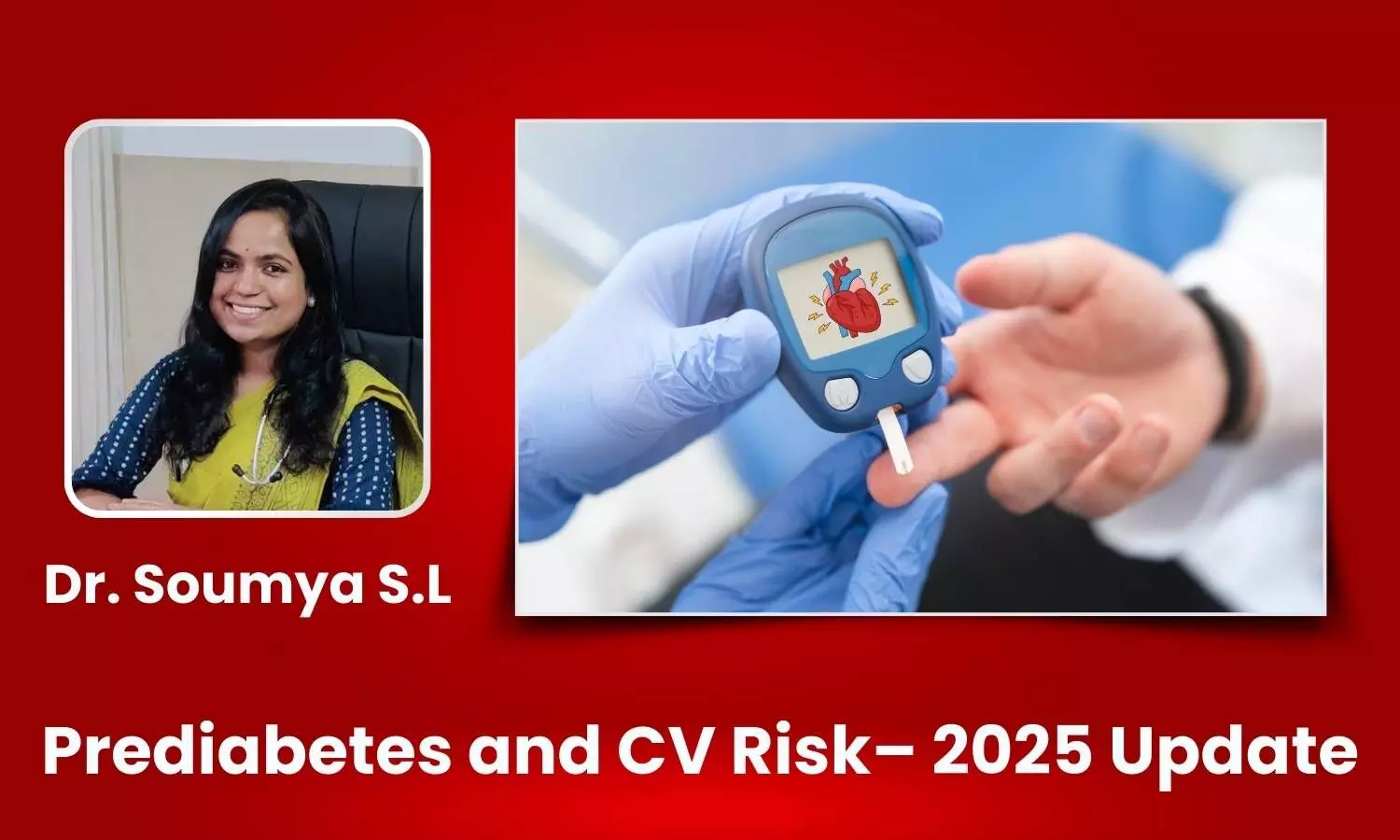
Prediabetes: Potential Cardiovascular (CV) Warning Sign: India has a high prediabetes prevalence (15.3%), nearly equal in urban (15.4%) and rural (15.2%) areas. (1) In India, isolated IFG predominates, with rapid progression to diabetes (55% in 3 years) even at lower BMI. Asian Indians have higher central adiposity and insulin resistance, worsening metabolic responses to weight gain; amplifying CV risk even in prediabetes, and highlighting the need for early interventions. (1,2) A recent study published in March 2025 included young acute myocardial infarction patients (<35 years) and found prediabetes in 22.1% of cases, with a significantly higher incidence of major adverse cardiovascular and cerebrovascular events (MACCE) compared to normoglycemic individuals (27.3% vs. 18.4%). After adjusting for confounders, prediabetes remained an independent predictor of adverse outcomes (HR 1.51; 95% CI 1.05–2.18; p=0.027), with risk comparable to diabetes. (3)
Pathophysiology Linking Prediabetes to CV Events: Prediabetes involves insulin resistance and β-cell dysfunction, leading to low-grade inflammation and endothelial damage. (4) Central obesity fuels cytokine release (e.g., tumor necrosis factor alpha, intercellular adhesion molecule-1), promoting atherosclerosis. Hyperglycemia worsens vascular injury via lipoprotein glycation and oxidative stress. These processes contribute to early cardiovascular disease. Surrogate markers like high-sensitivity C-reactive protein, carotid intima-media thickness, and microalbuminuria are often elevated, signaling subclinical vascular dysfunction and heightened CV risk even before progression to overt diabetes. (5)
Indian-Specific Risk Amplifiers: Indians suffer early CV risk, evident even before diabetes, with most newly diagnosed T2DM patients classified as high or very high risk and a mean 10-year CVD risk of 15.3%. (6) Indians exhibit a distinct “thin-fat” phenotype—marked by abdominal adiposity, insulin resistance, and dyslipidemia—even at low BMI. (7) This metabolic profile, seen from childhood, is compounded by high-carbohydrate diets and sedentary lifestyles. (8) Studies show higher truncal fat, insulin resistance, and beta-cell stress compared to whites, predisposing this group to early-onset diabetes and amplifying cardiovascular risk well before overt disease, as reflected in high-risk scores at diagnosis. (6)
Identifying High-Risk Individuals in Practice: Adults over 30 years with risk factors like family history, hypertension, PCOS, inactivity, or central obesity should be screened using HbA1c, fasting blood glucose (FBG), or oral glucose tolerance test (OGTT).(9) As per ADA 2025, the presence of prediabetes should prompt comprehensive cardiovascular risk assessment. (10)
Evidence for Metformin in CV Risk Reduction: The Diabetes Prevention Program (DPP) enrolled 3,234 high-risk adults to assess diabetes prevention using metformin (850 mg BID), lifestyle changes, or placebo. Over 2.8 years, metformin reduced diabetes incidence by 31% vs. placebo. Long-term follow-up in the DPPOS showed a sustained risk reduction of 18% over 10–15 years. Metformin was especially effective in individuals with obesity, elevated fasting glucose, or a history of gestational diabetes. (11)
The Indian Diabetes Prevention Programme (IDPP; n=531) was a randomized, controlled trial assessing diabetes prevention in Asian Indians with impaired glucose tolerance (IGT). Participants were assigned to control, lifestyle modification, metformin (250 mg BID), or both. Over 3 years, metformin alone reduced diabetes incidence from 55% to 40.5%, with a 26.4% relative risk reduction (p=0.029) and number needed to treat of 6.9, demonstrating efficacy of low-dose metformin in this high-risk population. (12)
Proactive Prediabetes Care: Integrating Lifestyle & Pharmacological Approach: Lifestyle modification is essential but often insufficient in Indian prediabetes due to early beta-cell dysfunction and rapid disease progression. The Indian Expert Consensus Statement (on Approach and Management of Prediabetes in India) suggests early consideration of metformin (250–850 mg/day), especially in younger individuals with additional risk factors such as BMI >35 kg/m² or prior GDM, and initiation after 6 months of failure of lifestyle interventions. Metformin is the only pharmacologic agent recommended to prevent or delay type 2 diabetes,8 and is approved for prediabetes in 66 countries. (13)
|
Guideline |
Recommendations for Metformin Use |
Criteria |
Notes |
|
American Diabetes Association (ADA, 2025) (14) |
Consider metfomin for prevention of T2D in high-risk adults |
-Age 25-59 years -BMI >35 kg/m2 -FPG >110 mg/dL -HbA1c >6% -History of GDM |
Level A recommendation. |
|
Research Society for the Study of Diabetes in India – Endocrine Society of India (RSSDI-ESI, 2020) (15) |
Initiate metformin fo diabetes prevention in younger individuals with risk factors. |
Initiate metformin fo diabetes prevention in younger individuals with risk factors. -One or more diabetes risk factors (regardless of BMI) OR -Overweight/obese with IFG+IGT or IFG+HbA1c >5.7% |
Recommended dose: 500 mg twice daily. To be started after 6 months of lifestyle intervention. |
Take-Home Message
References:
1. Anjana, Ranjit Mohan et al. “Metabolic non-communicable disease health report of India: the ICMR-INDIAB national cross-sectional study (ICMR-INDIAB-17).” The lancet. Diabetes & endocrinology vol. 11,7 (2023): 474-489. doi:10.1016/S2213-8587(23)00119-5
2. Sandforth, Leontine et al. “Prediabetes remission to reduce the global burden of type 2 diabetes.” Trends in endocrinology and metabolism: TEM, S1043-2760(25)00004-9. 14 Feb. 2025, doi:10.1016/j.tem.2025.01.004
3. Zhao, X., Zhuang, Y., Tang, S. et al. Prognostic impact of prediabetes on long-term cardiovascular outcomes in patients under 35 with premature acute myocardial infarction. Diabetol Metab Syndr 17, 90 (2025). https://doi.org/10.1186/s13098-025-01662-3
4. Brannick B, Dagogo-Jack S. Prediabetes and Cardiovascular Disease: Pathophysiology and Interventions for Prevention and Risk Reduction. Endocrinol Metab Clin North Am. 2018;47(1):33-50. doi:10.1016/j.ecl.2017.10.001
5. Nanavaty D, Green R, Sanghvi A, et al. Prediabetes is an incremental risk factor for adverse cardiac events: A nationwide analysis. Atheroscler Plus. 2023;54:22-26. Published 2023 Sep 14. doi:10.1016/j.athplu.2023.08.002
6. Unnikrishnan, A G et al. “Cardiovascular risk in newly diagnosed type 2 diabetes patients in India.” PloS one vol. 17,3 e0263619. 31 Mar. 2022, doi:10.1371/journal.pone.0263619
7. Siddiqui MK, Anjana RM, Dawed AY, et al. Young-onset diabetes in Asian Indians is associated with lower measured and genetically determined beta cell function [published correction appears in Diabetologia. 2022 Jul;65(7):1237. doi: 10.1007/s00125-022-05707-4.]. Diabetologia. 2022;65(6):973-983. doi:10.1007/s00125-022-05671-z
8. Das AK, Mohan V, Ramachandran A, et al. An Expert Group Consensus Statement on “Approach and Management of Prediabetes in India”. J Assoc Physicians India 2022;70(12):69–78.
9. Alvarez S, Coffey R, Mathias PM, et al. Prediabetes. [Updated 2023 Jul 17]. In: StatPearls [Internet]. Treasure Island (FL): StatPearls Publishing; 2025 Jan-. Available from: https://www.ncbi.nlm.nih.gov/books/NBK459332/
10. American Diabetes Association Professional Practice Committee; 2. Diagnosis and Classification of Diabetes: Standards of Care in Diabetes—2025. Diabetes Care 1 January 2025; 48 (Supplement_1): S27–S49. https://doi.org/10.2337/dc25-S002
11. Aroda VR, Knowler WC, Crandall JP, et al. Metformin for diabetes prevention: insights gained from the Diabetes Prevention Program/Diabetes Prevention Program Outcomes Study. Diabetologia. 2017;60(9):1601-1611. doi:10.1007/s00125-017-4361-9
12. Ramachandran, A et al. “The Indian Diabetes Prevention Programme shows that lifestyle modification and metformin prevent type 2 diabetes in Asian Indian subjects with impaired glucose tolerance (IDPP-1).” Diabetologia vol. 49,2 (2006): 289-97. doi:10.1007/s00125-005-0097-z
13. Petrie, John R. “Metformin beyond type 2 diabetes: Emerging and potential new indications.” Diabetes, obesity & metabolism vol. 26 Suppl 3 (2024): 31-41. doi:10.1111/dom.15756
14. American Diabetes Association Professional Practice Committee; 3. Prevention or Delay of Diabetes and Associated Comorbidities: Standards of Care in Diabetes—2025. Diabetes Care 1 January 2025; 48 (Supplement_1): S50–S58. https://doi.org/10.2337/dc25-S003
Powered by WPeMatico
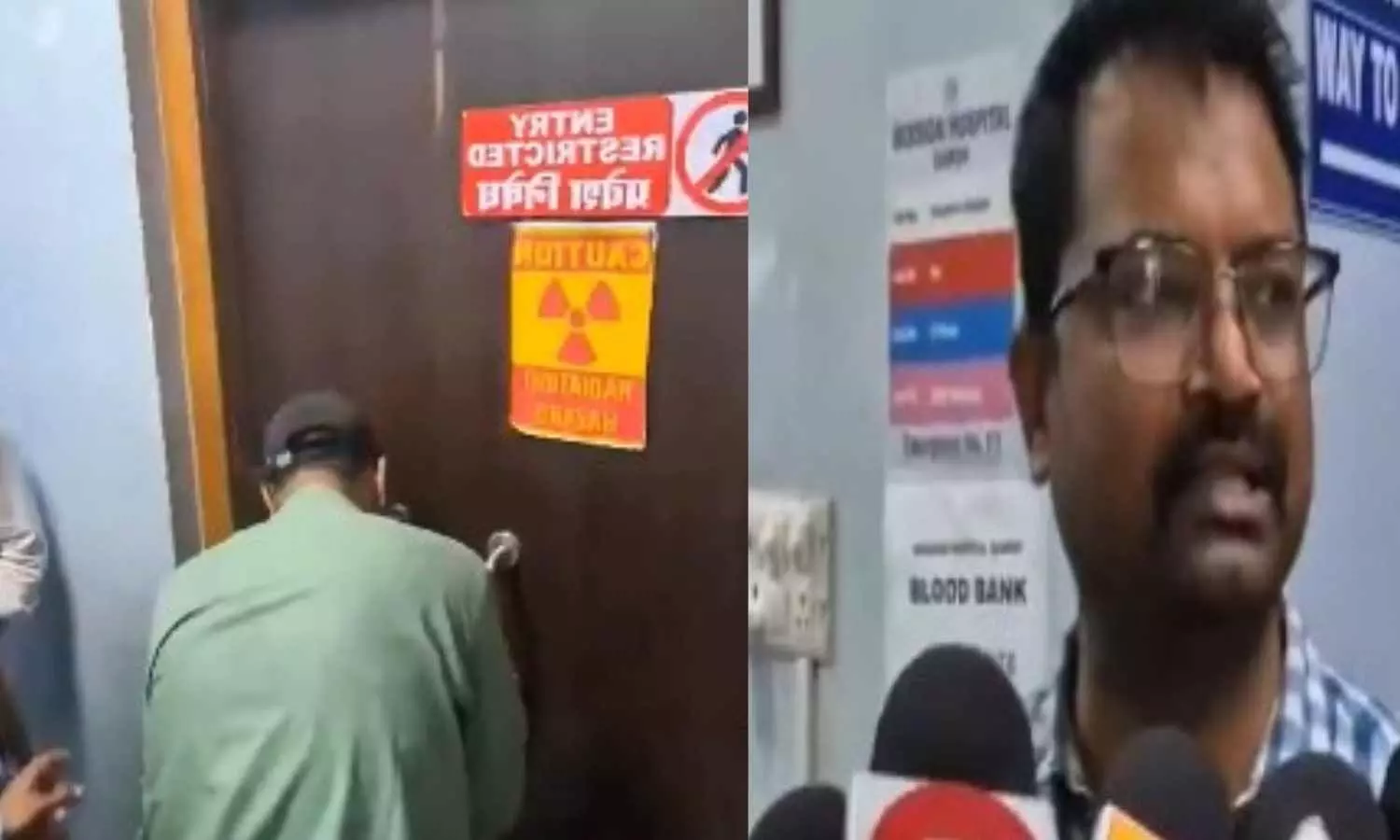
Damoh: The cath lab at Mission Hospital in Damoh, Madhya Pradesh where a fake doctor allegedly performed heart surgeries resulting in at least seven deaths, was sealed on Thursday.
“On the directions of the district administration, only the cath lab has been sealed, as all the operations and cases have happened here. There is evidence in this area, so we have sealed the lab. The angiography and angioplasty of several patients who died were performed in this cath lab only,” District Health Officer Vikrant Singh Chauhan told reporters on Wednesday at the hospital.
The lab has been sealed after Madhya Pradesh police arrested Narendra Vikramaditya Yadav, who allegedly posed as a British Doctor, N John Camm and performed multiple heart surgeries in Damoh’s mission hospital, allegedly killing atleast 7 people. Yadav has been accused of forging documents, too, news agency ANI reported.
Also Read:Fake Cardiologist held, linked to Ex-Chhattisgarh Speaker’s death
One of the victims’ relatives, Jitendra Singh Rajput, recounted that he took his father to the hospital after he experienced chest pain, and doctors recommended surgery.
“My name is Jitendra Singh Rajput. I took my father to the hospital as he was experiencing chest pain. The doctors said it was a heart attack and that he needed to be operated on. I told them I did not have money, and they said the Ayushman card could be used,” he said.
Madhya Pradesh Chief Minister Mohan Yadav and Minister Prahlad Patel have ensured strict action from the government for this case.
“In the incident that came to light in Damoh, our government is taking strict action. Our government does not make any delay in taking action against such cases. Our government has built its own credibility. I have instructed that if there is any other such case, the health department should take strict action against them,” the Chief Minister told reporters.
State Minister Prahlad Patel said on April 9 that the missionary hospital had been embroiled in controversies earlier as well.
He told ANI, “That institution (missionary hospital) has been controversial since past… This is a serious case, and that place has had ongoing controversies, and this is why strict investigation should ensue… There should be no politics in the matter, and the focus should be on relieving the victims and punishing the culprits.”
Also Read:Fake doctor posing as UK Cardiologist performs Heart Surgeries, kills 7
Powered by WPeMatico
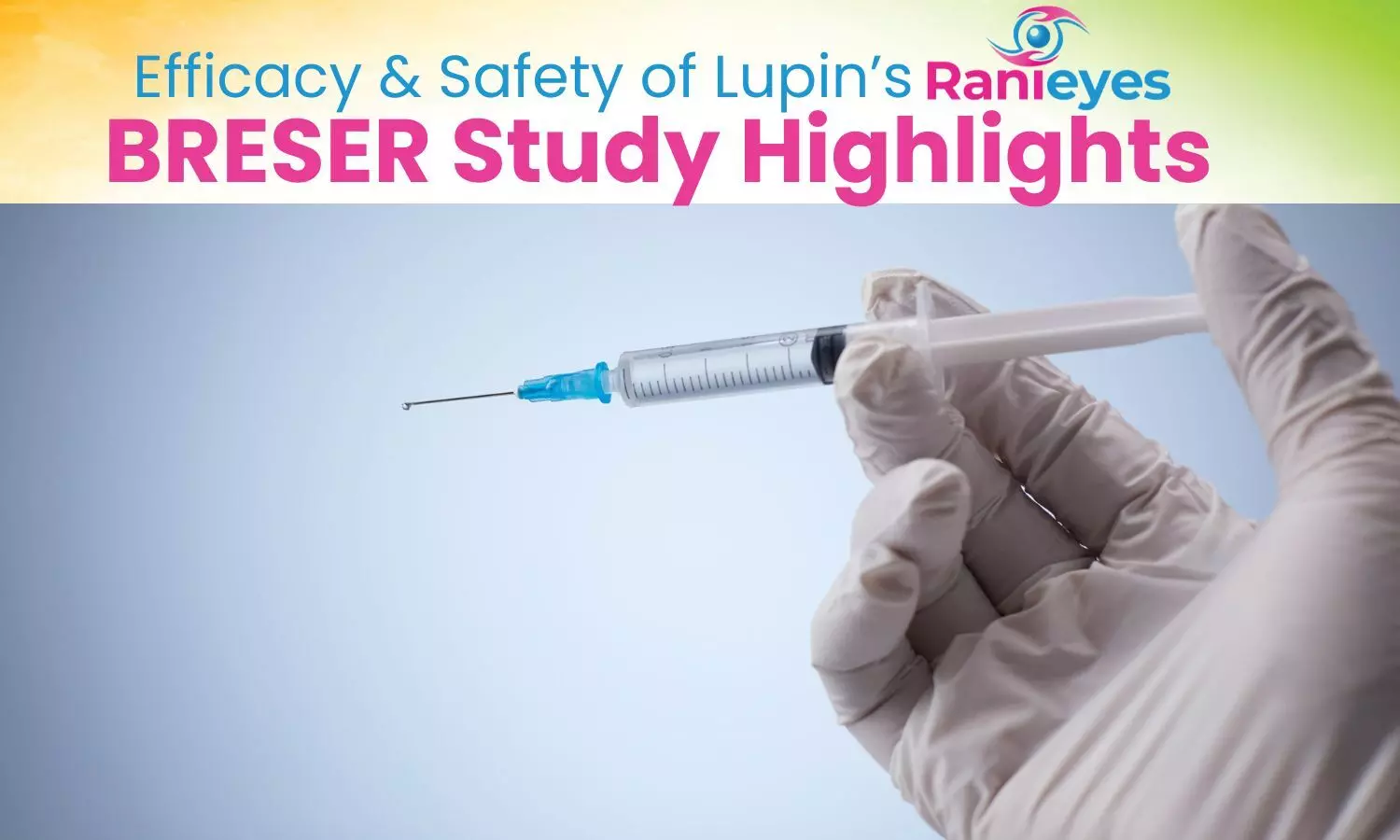
Ranieyes is the Ranibizumab Biosimilar
which is an Indian Ranibizumab Biosimilar manufactured by Lupin Ltd & approved in India for various indications such as retinal
vein occlusion (RVO), neovascular age-related macular degeneration (nAMD), myopic macular neovascularization (MNV), and Diabetic macular edema (DME). Ranieyes is an anti-VEG
intravitreal injection available in the Indian market since 2021. It has
been developed as a biosimilar to reference product Lucentis and it has been
found to be safe and well tolerated, biosimilarity being demonstrated through
quality/analytical & pragmatic clinical trial studies.
Recently, the BRESER Study, by Dr. Ashish
Sharma et. al, has been published in the Journal of Vitreo
Retinal Diseases, a peer-reviewed journal of the American Society of Retina
Specialists (ASRS).
BRESER Study is a real-world,
multicenter, uncontrolled, observational study across 7 eye
care centers in India.
A total of 474 ranibizumab
biosimilar injections were administered to 268 eyes of 254 patients. The study included patients who
received at least one 0.5 mg IVT injection of Ranieyes to evaluate its
effectiveness and safety. The treatment was given for diabetic macular edema
(DME) (n = 112), macular neovascularization (MNV) (n = 92), retinal vein
occlusion (RVO) (n = 54), cystoid macular edema (CME) (n = 4), and
proliferative diabetic retinopathy (PDR) with vitreous hemorrhage (n = 6). The
mean follow-up duration was 7.7 ± 5.4 weeks.
The results revealed findings which include:
Today we have Dr. Ashish Sharma with us we will discuss some questions related to the
study:
Reference:
1) Sharma A, Holz FG, Kumar N, et al. Biosimilar Ranibizumab (Ranieyes) Safety and Efficacy in the Real World: BRESER Study. Journal of VitreoRetinal Diseases. 2025;0(0). doi:10.1177/24741264251322213
Powered by WPeMatico

Patna: The Bihar Health Department has issued a statewide alert and launched proactive measures to safeguard citizens against heat-related illnesses due to the rising temperatures and potential heatwave conditions. In response, the State Health Committee has directed all government hospitals to set up dedicated wards for treating those affected by heat-related illnesses.
These heightened measures come in response to predictions of extreme temperatures across the region. Vulnerable groups such as children, school-going students, the elderly, and pregnant or lactating women have been identified as most at risk, especially those required to be outdoors during peak heat hours.
Also Read: Eye health risks during heatwaves
As per the recent media reports by English Jagran, Hospitals have been directed to make special arrangements, including the provision of clean drinking water, to tackle health issues caused by extreme heat. The department has emphasised the need for proper medical management, including ensuring the availability of essential medicines, particularly for diarrhea, ambulance services, and the deployment of sufficient medical personnel.
According to the new guidelines, all government hospitals are to designate special heatwave wards equipped with 24/7 medical support. Doctors and paramedical staff will be posted on a rotational duty roster to ensure continuous care, with on-call medical personnel available at all times. Each ward must be stocked with adequate beds, essential medical supplies, and cooling equipment to handle a potential surge.
To strengthen emergency response, all ambulances operating under the government healthcare system are being upgraded to handle heat-related emergencies more effectively. All ambulances will be equipped with air conditioning, oxygen supplies, and essential medical equipment to ensure the safe and comfortable transport of patients to healthcare facilities.
Medical Dialogues had previously reported that the Indian Meteorological Department (IMD) has issued warnings of heat wave to severe heat wave conditions across various regions, including Gangetic West Bengal, Sub Himalayan West Bengal, north Odisha, East Uttar Pradesh, Bihar, Jharkhand, Rayalaseema, Telangana, Tamil Nadu, Puducherry & Karaikal, and Kerala for April 27 to 28.
Powered by WPeMatico
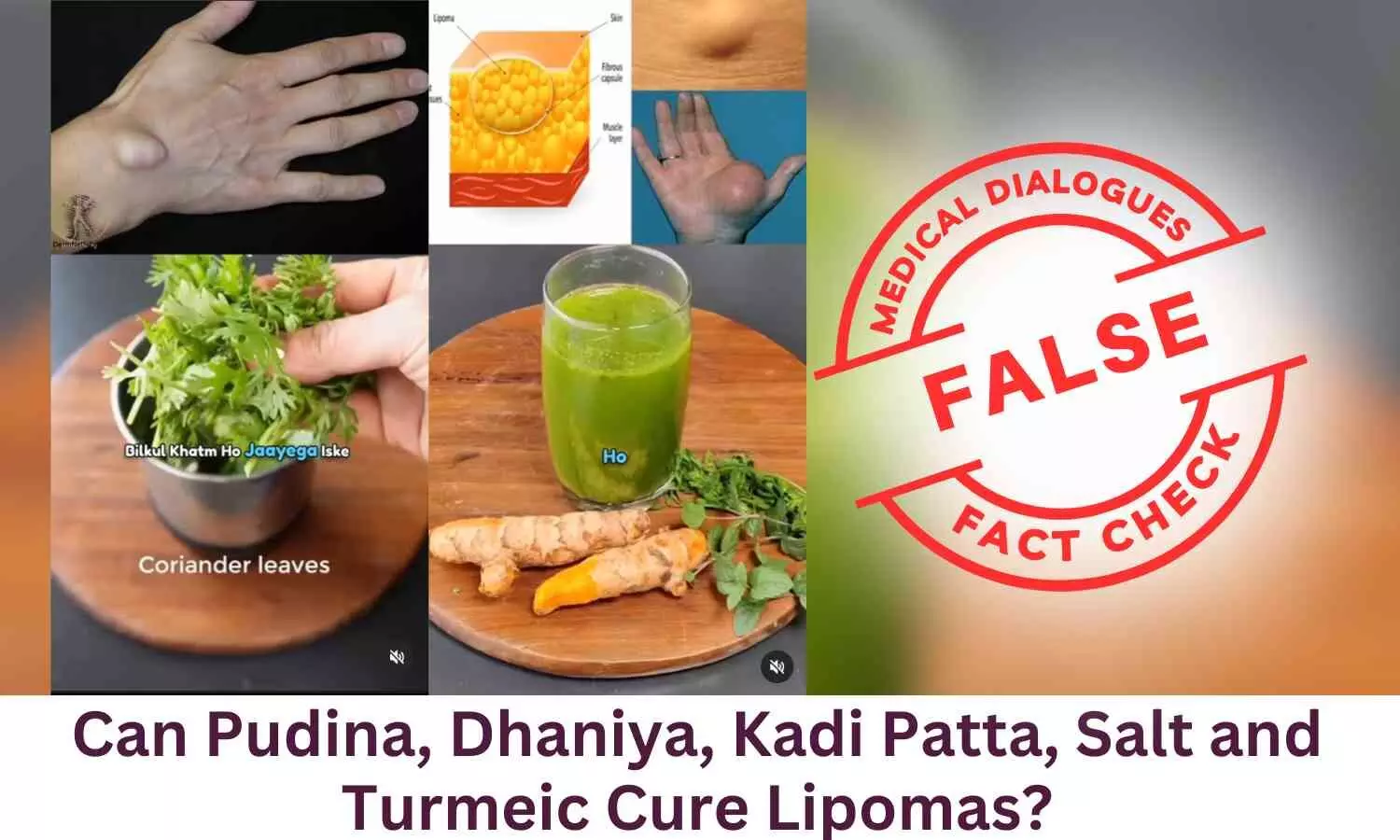
An Instagram post claims that Pudina, Dhaniya, Curry patta, Rock Salt and Turmeric cure lipomas In A Week. The claim by the user is FALSE.
In an Instagram post, it is claimed that Pudina, Dhaniya, Curry patta, Rock Salt and Turmeic cure lipomas in a week. The user healthmatters.ai in the reel says, “Any kind of lipoma in the body will completely go away. For this, you just need to take a few mint leaves, coriander, and curry leaves, put them in a blender along with a little turmeric. Then make a juice out of this mixture and if you drink it two to three times a day, it will disappear within a week”
The claim can be accessed here
The claim by the user is FALSE. There is no scientific evidence or established medical consensus indicating that pudina (mint), dhaniya (coriander), curry leaves, rock salt, or turmeric have any effect on treating or reducing lipomas.
Lipomas are common, non-cancerous tumors made up of fat cells, often surrounded by a thin fibrous capsule. They typically occur in the subcutaneous tissues of the head, neck, shoulders, and back, but can also be found in other areas like the thighs. Most lipomas grow slowly and do not require treatment unless they cause discomfort or multiply. While generally harmless, lipomas can be linked to rare conditions such as multiple hereditary lipomatosis and Gardner syndrome. Several uncommon types of lipomas include angiolipoma, myolipoma, and hibernoma.
Mint (Pudina), particularly from the Mentha species, offers several nutritional and medicinal benefits. It is rich in antioxidants, which contribute to its anti-cancer, anti-obesity, anti-inflammatory, antimicrobial, anti-diabetic, and heart-protective properties. Due to its low toxicity and high effectiveness, mint is widely used for promoting overall health and preventing chronic diseases.
Coriander leaves are known as Dhaniya for their medicinal and nutritional benefits. The seeds help with digestion, joint pain, and blood sugar control, while the leaves are used for stomach issues and inflammation. They also contain dodecenal, a natural antibacterial compound effective against Salmonella—stronger than gentamicin in lab tests—making coriander a valuable ingredient in both traditional medicine and cuisine.
Curry leaves (Curry patta) are highly valued for their nutritional and medicinal properties. Rich in antioxidants, vitamins A, B, C, and E, they support digestion, reduce oxidative stress, and improve heart and liver health. Traditionally used in Ayurveda, curry leaves exhibit antibacterial, antifungal, and antiprotozoal properties.
Rock salt or halite consists of 95-98% sodium chloride, 2-4% polyhalite (potassium, calcium, magnesium, sulfur, oxygen, hydrogen), 0.01% fluoride, 0.01% iodine and small amounts of numerous trace minerals. The reddish colour is due to the presence of elements in polyhalite and trace minerals. It can be used as a healthy substitute for common salt as it is rich in minerals and does not pose health problems like high blood pressure, puffiness in the body or eyes. It has numerous health benefits such as aiding in digestion, improving appetite, removing gas and soothing heartburn, plays an important role in replenishing the body’s electrolytes and maintaining the pH balance, stabilizing blood pressure, aiding in weight loss, helps in managing rheumatic pain and herpes, inflammation and irritation from insect bites, helps to overcome muscle cramps, improves the immune system and many more.
Turmeric, also known as Haldi, is obtained from rhizomes of Turmeric as a palatable orange-yellow spice and has cur-cumin as the main constituent. Turmeric exhibits anti-inflammatory activity, strong antimicrobial properties, and anticancer activities. In Ayurvedic medicine, turmeric is a well-documented treatment for various respiratory conditions like asthma, bronchial hyperactivity, and allergy, as well as for liver disorders, anorexia, rheumatism, diabetic wounds, runny nose, cough, and sinusitis.
There is no scientific evidence that a mixture of pudina (mint), dhaniya (coriander), Curry patta (curry leaves), rock salt, and turmeric can cure lipomas. These ingredients may offer general health benefits, but they do not cure or eliminate lipomas that too in a week.
Mint, a widely used culinary and medicinal herb, is known for its refreshing flavor and therapeutic properties. An article published in Molecules demonstrates that mint exhibits multiple health-promoting properties, including antimicrobial, anti-inflammatory, and cardioprotective effects. These benefits are largely attributed to its strong antioxidant potential, low toxicity and high efficacy.
Coriander has long been recognized for its medicinal value, and recent scientific studies support its therapeutic potential. The study by Veda Prachayasittikul et. al. highlights that coriander contains various bioactive phytochemicals responsible for its diverse biological effects, including antioxidant, hypolipidemic, hypoglycemic, hypotensive, antimicrobial, and anti-inflammatory activities.
Curry patta, a staple in Indian cuisine, is not only valued for its flavor but also for its medicinal properties. A review published in Reviews in Food and Agriculture highlights the potent antibacterial, antifungal, and antiprotozoal activities of Curry patta particularly concentrated in its leaf, stem, bark, and essential oil components.
Rock salt, commonly used in traditional remedies, is known for its therapeutic benefits beyond seasoning. According to the World Journal of Pharmaceutical Research, it can support healthy metabolism, enhance water absorption in the digestive system, and facilitate better nutrient and mineral uptake—contributing to overall improved body function.
Turmeric, a golden-hued spice widely used in traditional medicine, offers a broad spectrum of health benefits. As highlighted by Javad Sharifi-Rad et. al., it exhibits numerous therapeutic properties including antiproliferative, anti-inflammatory, hypocholesterolemic, antimicrobial, antioxidant, antiviral, and even antivenomous effects.
While ingredients like pudina (mint), dhaniya (coriander), curry patta (curry leaves), rock salt, and turmeric offer certain health benefits, no scientific evidence or medical consensus supports the claim that they can treat lipomas or influence their development.

Dr Prashant Chandra, Surgical oncology, TGH Oncolife Cancer Centre responded to the claim and said, “There is no evidence available to suggest that Pudina (mint), Dhaniya (coriander), Kadi Patta (curry leaves), salt, or turmeric can cure lipomas within a week or even at all. Don’t fall prey to any rumors at all. Lipomas are benign (non cancerous) fatty lumps that develop under the skin and typically do not go away without medical intervention. Though turmeric has anti-inflammatory properties and some herbs support overall health, they cannot dissolve lipomas. Natural remedies do not shrink or eliminate these fatty growths. It is imperative to seek expert opinion instead of opting for natural remedies. So, consult a doctor and follow his/her instructions. If the lipoma grows, becomes painful, or causes discomfort then the expert can advise surgery or liposuction. Relying solely on home remedies may delay necessary treatment. It is also necessary to understand that not everything posted on social media is true. The forward posts circulated on social media are not backed by any research or expert comment and shouldn’t be taken seriously. Don’t just blindly follow anything and everything promoted on social media as it can do more harm than good. It is a good idea to clear all your doubts with the help of an expert instead of believing in any random information passed on social media.”
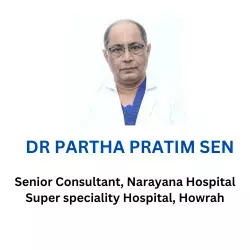
Dr Partha Pratim Sen, Senior Consultant, Narayana Hospital Super Specialty Hospital, Howrah further said, “Lipoma is a tumour from the fatty tissue. It is due to abnormal growth of a particular tissue (here body fat). It can occur anywhere in our body. Hence it is called ubiquitous tumour. No solid tumours regress due to any medications let alone herbs or spices. In some cases Liposarcoma which is a malignant tumour of fatty tissue may mimic a benign lipoma in the initial stage. Surgical removal is the only option if a lipoma is Symptomatic.”
The claim that a mixture of pudina, dhaniya, curry patta, rock salt, and turmeric can cure lipomas is false and unsupported by scientific evidence or medical consensus. These ingredients may support general health but do not s or treat lipomas.
Hence, the user’s claim is FALSE.
Powered by WPeMatico

Nashik: The Maharashtra Health Department has recently cancelled the deputation of Dr Tanaji Chavan, the medical superintendent of Nashik Municipal Corporation (NMC). The department has instructed the Urban Development Department to reassign Dr. Chavan to his original post.
Dr. Chavan, who was serving under deputation at NMC, will now be reassigned to the regional referral hospital in Nashik city.
The decision comes after a calling attention motion was raised in the state legislative council by MLC Manisha Kayande on March 19 about the negligence by Chavan, and NMC’s assistant medical officer, Prashant Shete.
In the motion, Kayande highlighted the death of a pregnant woman and her baby at a private hospital in Nashik last September, 2024. Following this, an investigation was conducted by the Maternal Death Research Committee. During the probe, investigators found a stock of drugs used for illegal abortion at the hospital.
Following the inspection, the NMC health squad conducted a surprise check and uncovered more abortion-related drugs. These recoveries pointed fingers at Chavan and Shete, who were accused of negligence.
As per the latest media report by TOI, State Health Minister Prakash Abitkar responded to the issue during the budget session, directing the health department to transfer both Dr. Chavan and Shete. He also ordered a formal investigation by the health commissioner into the matter.
Deputy Secretary D.N. Kendre of the Health Department issued a letter to the Urban Development Department on Tuesday, officially canceling Dr Chavan’s deputation and instructing the transfer.
Medical Dialogues had previously reported that while it takes months for a new private hospital to obtain registration from the government, any new private hospital in the state will now have a smoother registration process after the Nashik Municipal Corporation (NMC) decided to make the entire process online starting April 1.
Also read- Nashik to launch online registration for private hospitals from April 1
Powered by WPeMatico
